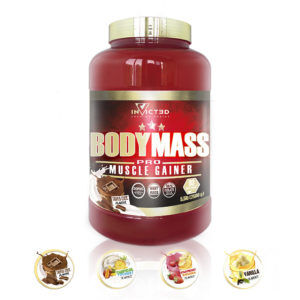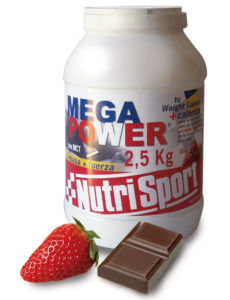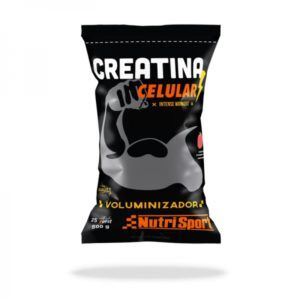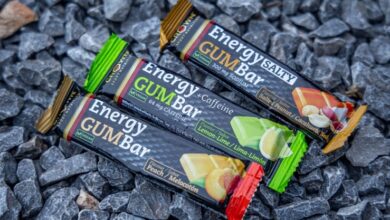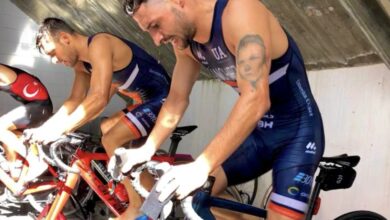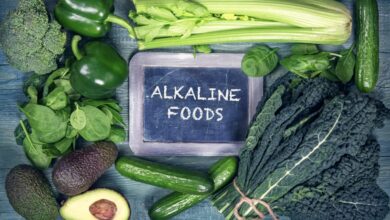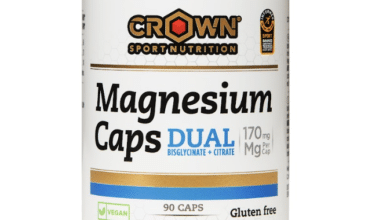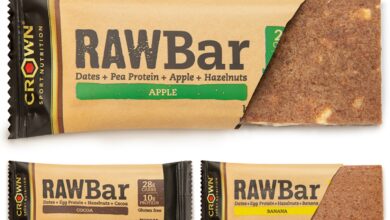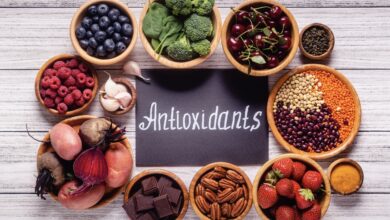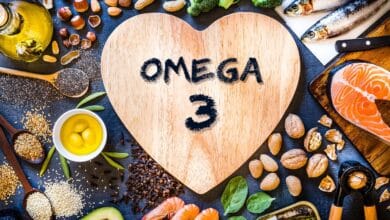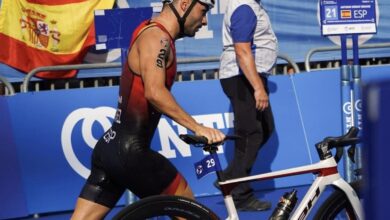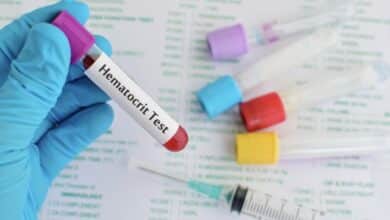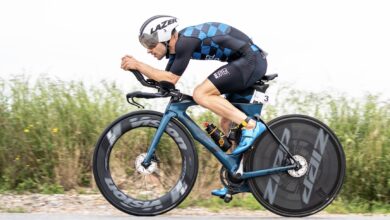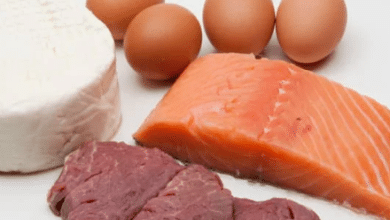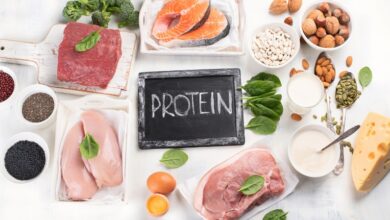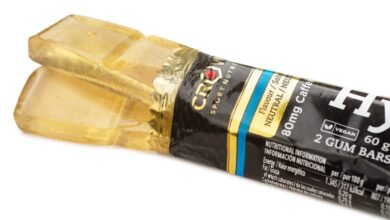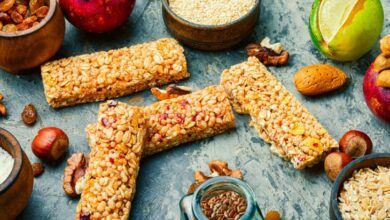Stage of Muscular Volume II / II: Nutritional Strategies.
In this post, we suggest what changes you should make in your diet to optimize muscle hypertrophy.
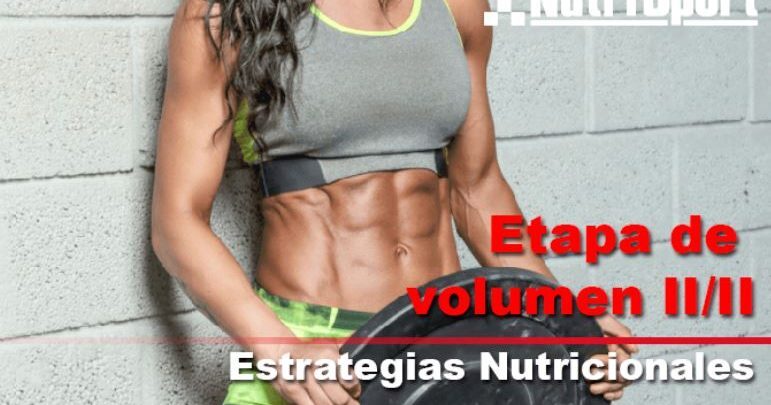
Our collaborator Nutrisport tells us in this second part of the strength training, how to continue training correctly the muscle hypertrophy, but this time through nutrition
In the previous post of Muscle volume I / II We talk about the factors at the level of muscle tissue and training to promote the increase in muscle mass. The lack of preparation in the volume phases will give inadequate results. In this post, we suggest what changes you should make to your diet to optimize muscle hypertrophy.
How many more calories should I consume?
The total calories expended per day is conditioned by the Resting metabolic expenditure (Basal metabolic rate), together with the calories for daily activities, calories spent for physical exercise in addition to the calories expended due to the thermogenic effect of physical exercise, and finally, the thermogenic effect of the food. The factor resulting from the sum of these gives the maintenance calories.
For a greater volume of Muscle mass, we will need to add more calories to our food guideline. These calories will go to the synthesis of new muscle tissue. However, a marked increase in calories may favor gain of body fat in excess. For this reason, and to optimize the adaptations of our organism, we will look for gradually introduce a caloric excess. In this way, we will check, according to the rhythms of training and progress, if we are following a correct sur plus caloric.
|
Approximately, a surplus of calories from 250-500 Kcal per day in men and 100-250 Kcal per day in women would be favorable. |
La Testosterone It is affected by the amount of calories in the diet. If we are in the volume phase we must take into account consume an adequate amount of calories so that the synthesis of testosterone is not impaired.
Square your MACROS: Carbohydrates, Proteins and Fats.
Not because we are in the volume phase, we will achieve the desired results by eating a meaningless calorie in the form of food. We must determine the amount of macros in our diet.
Carbohydrates:
The carbohydrates They will be our ally for:
- Stimulate anabolic hormones such as insulin at the right times.
- Maintain optimal performance during periods of high training loads.
- Encourage adaptive training processes and regulate hormonal parameters.
For every gram of glycogen stored in the muscle, this will drag 3 grams of water. So the increase in weight can be given by an increase in water and muscle glycogen stored.
In the short term, the increase in muscle volume can be attributed to the increase in energy reserves of muscle glycogen, and not properly to a real hypertrophy.
|
We will increase the amount of complex carbohydrates of the meals progressively. In this way we will avoid the increase of excessive body fat. We will adjust the amount of carbohydrates to high or low depending on the days, workouts, physical activity, etc. Being the intake of cyclic carbohydrates, and not closed values. |
Fat:
The composition of dietary fats should be focused on the rrisk education de cardiovascular diseasess: favor the presence of polyunsaturated fatty acids (PUFAS) as omega 3 y omega 6, and limitar the intake of saturated y Trans fat.
These authors [see bibliography] observe that some intakes of PUFAs They were associated with greater muscle mass and fat-free mass in the subjects. These results indicate that the composition of fats in our diet affects muscle mass, in addition to cardiovascular risk. In addition, the quality of fats in the diet will favor the maintenance of muscle mass.
Proteins:
The synthesis of the anabolic hormone testosterone is conditioned by the amount of carbohydrates in our diet. Well, low carbohydrate intakes have been linked to reduced testosterone levels. Therefore, it will be convenient to adjust the amount of protein without reaching an excess in the muscle volume phase, 1,6 – 2 grams of protein per Kg of Body Weight per day, and thus also favor the presence of carbohydrates.
A quantity of 20-25 grams of proteins per dose, distributed in 4-5 takes a day, it would be optimum to achieve maximum anabolic stimulation.
After the night fast we must provide nutrients for our muscles. It includes Whey protein Quick absorption in your breakfasts to optimize muscle development.
How to distribute the meals: Frequency of meals per day.
After performing a well-adapted strength exercise there is a anabolic window that lasts about 24 hours. The stimulation of the exercise, if this has been the right one, will leave a mark in our organism favoring the processes of anabolism and synthesis. To really make this stimulus effective, the frequency of intake y meals per day they will favor the processes of a) repair of the muscular tissue, and in the long run b) the consequent muscular hypertrophy.
To optimize the maintenance of the musculature, maintain that excess MPS (Muscle protein synthesis) above the MPB (Muscle Protein Breakdown or muscle protein catabolism). Strength exercise significantly stimulates the MPS, but also the MPB. To reduce the effect of muscle catabolism (MPB) we must provide a combination of carbohydrates and proteins each 3-4 hours. In this way, we favor the processes of muscle recovery and also muscle hypertrophy.
On the other hand, the pre-workout meal must contain a adequate proportion of carbohydrates, within what is prescribed in the individual diet. The energy of carbohydrates will serve to maintain a) optimal performance during training, and also, b) we will respect the optimum carbohydrate ratio for a meal in volume phase.
Nutritional Strategy: Salty snack rich in carbohydrates and proteins along with healthy fats.
We put into practice the aforementioned and we propose a snack to introduce mid-morning or mid-afternoon: Wrapp of smoked salmon with vegetables and black beans.
Salmon Wrapp Recipe
|
Wrapp of smoked salmon with vegetables and black beans. Busy? Everything is organized. The mixture of vegetables and black beans (seasoned with olive oil and curry or spices to taste) we can have prepared the night before. Cut the vegetables (tomato, onion, parsley, etc.) to taste and mix them with the beans. To make the wrapp, we will use 1 medium pancake of 40 grams of wheat trade or gluten-free alternative. We will use smoked salmon (or natural grilled or baked according to our preference). What do we get? An energy source based on complex carbohydrates that combines a proportion of high biological value protein along with healthy fats. Nutritional Information for: 1 40 pancake grams, 60 grams of smoked salmon + 100 grams of black beans (boiled weight) together with 1 teaspoon olive oil. Calories: 365 Kcal. Proteins: 26 grams. Total carbohydrates: 55 grams Total fats: 15 grams. |
Products
What sports supplementation products to use in a volume stage:
|
|
|
|
It combines a proportion of carbohydrates together with proteins of high biological value to optimize the processes of muscular recovery. |
Increase Calories in the diet by controlling your macros with the MEGA POWER shake. |
|
Get the results you were looking for with Creatine CN 400. Formulated with Creapure, it consists of an excellent composition free of impurities. Add 1 Creatine Doser CN 400 to your Whey shake. |
It combines an excellent quality of Creatine Monohydrate with other ingredients such as L-Glutamine, Taurine and Lipoic Acid. Include in your PRE trained and POST workout a dose of Cell Creatine: It promotes explosiveness and muscle recovery. |
Bibliographic references
Morton RW, McGlory C., Phillips SM et al. Nutritional interventions to augment resistance training-induced skeletal muscle hypertrophy. Front Physiology. (2015) 6: 245.
Trexler E, Smith-Ryan A, Norton L. Metabolic adaptation to weight loss: implications for the athlete. J Int Soc Sport Nutr. 2014; 11: 7.
Gentil P., et al. Nutrition, Pharmacological and Training Strategies Adopted by Six BodyBuilders: Case Report and Critical Review. European Journal of Translational Myology. (2017) Vol 27 (1): 6247.
Stanhope KL et al. Pathways and mechanisms linking dietary components to cardio metabolic disease: thinking beyond calories. Obesity Review (2018).
Welch AA Dietary Fat and fatty acid profile is associated with indices of skeletal muscle mass in women aged 18-79 years. Journal of Nutrition (2014) Vol. 144 (3): 327-34.
There are no previous results.







